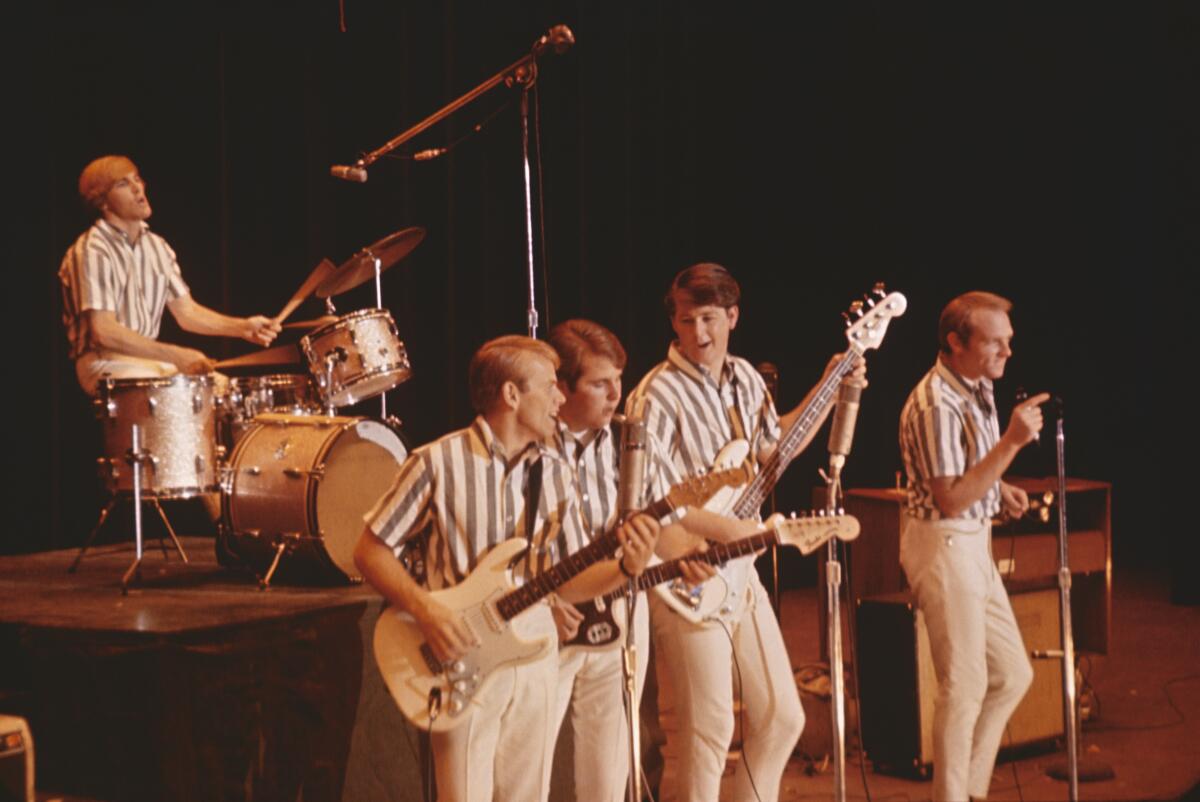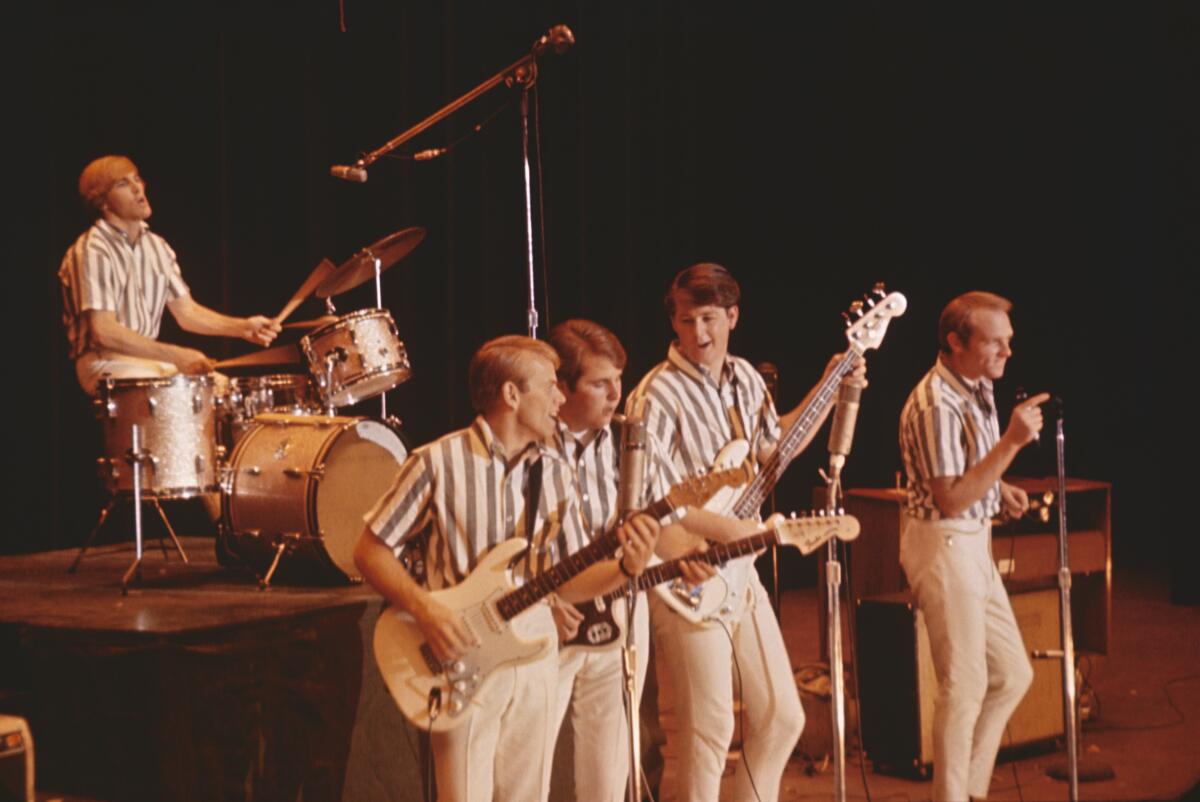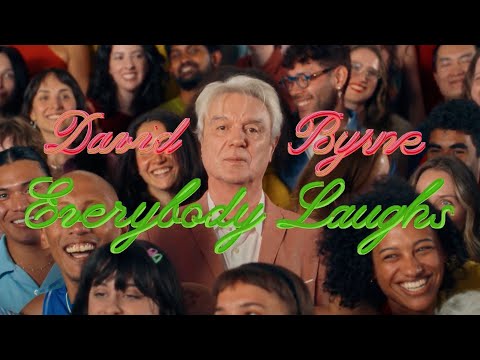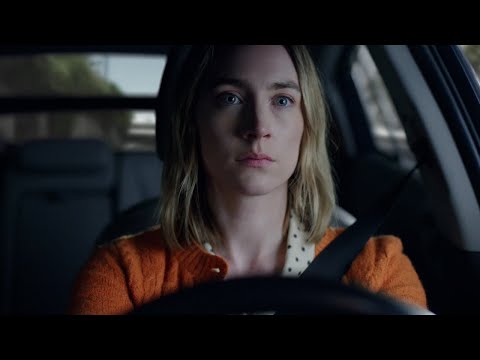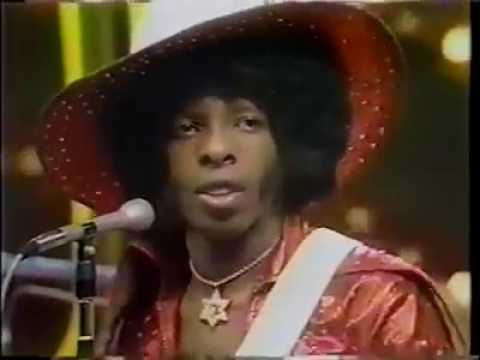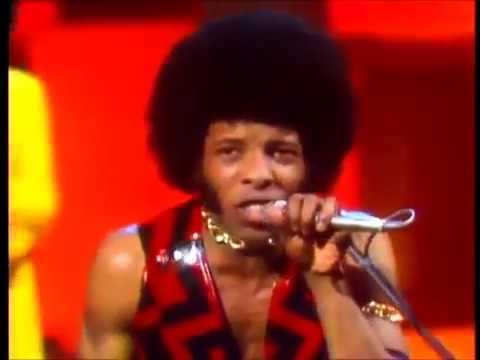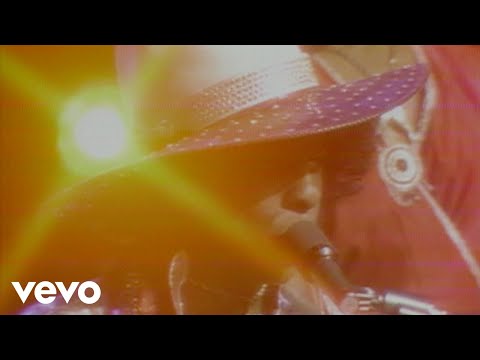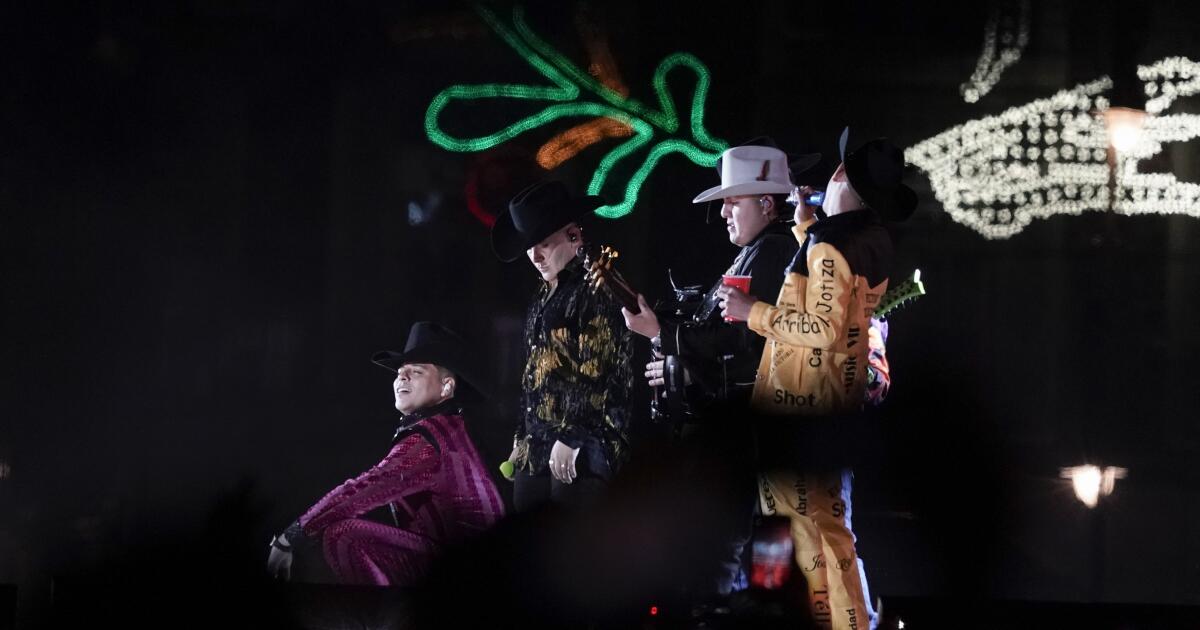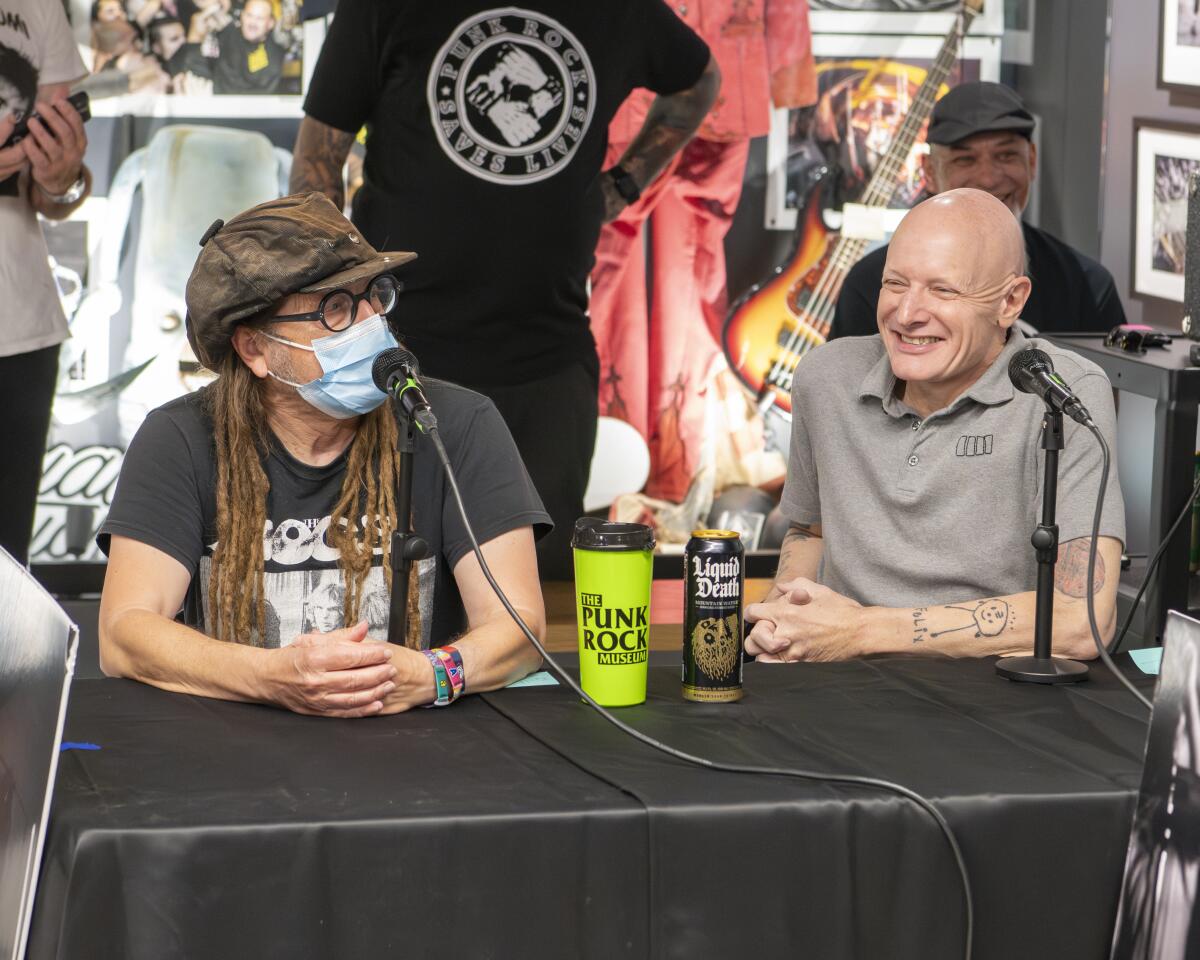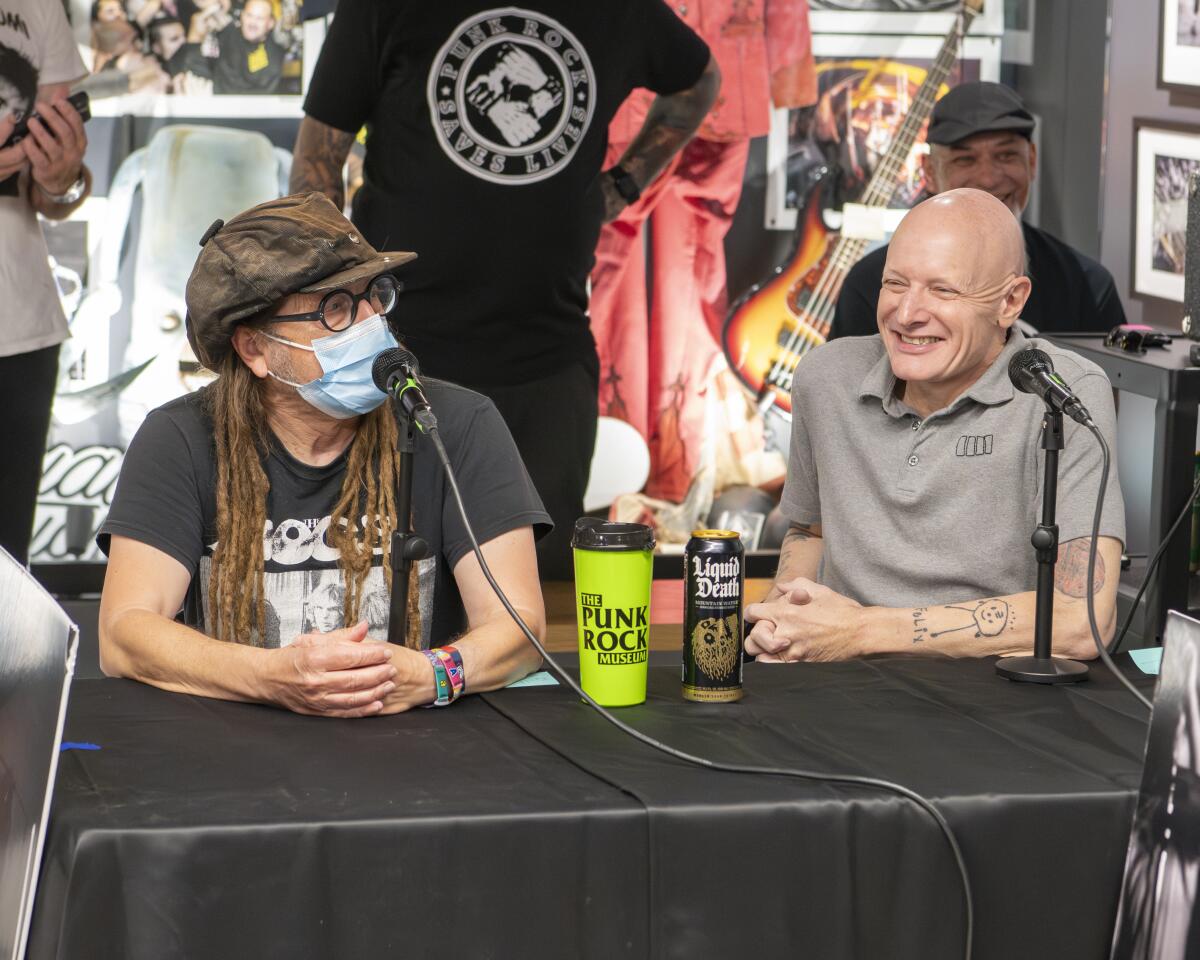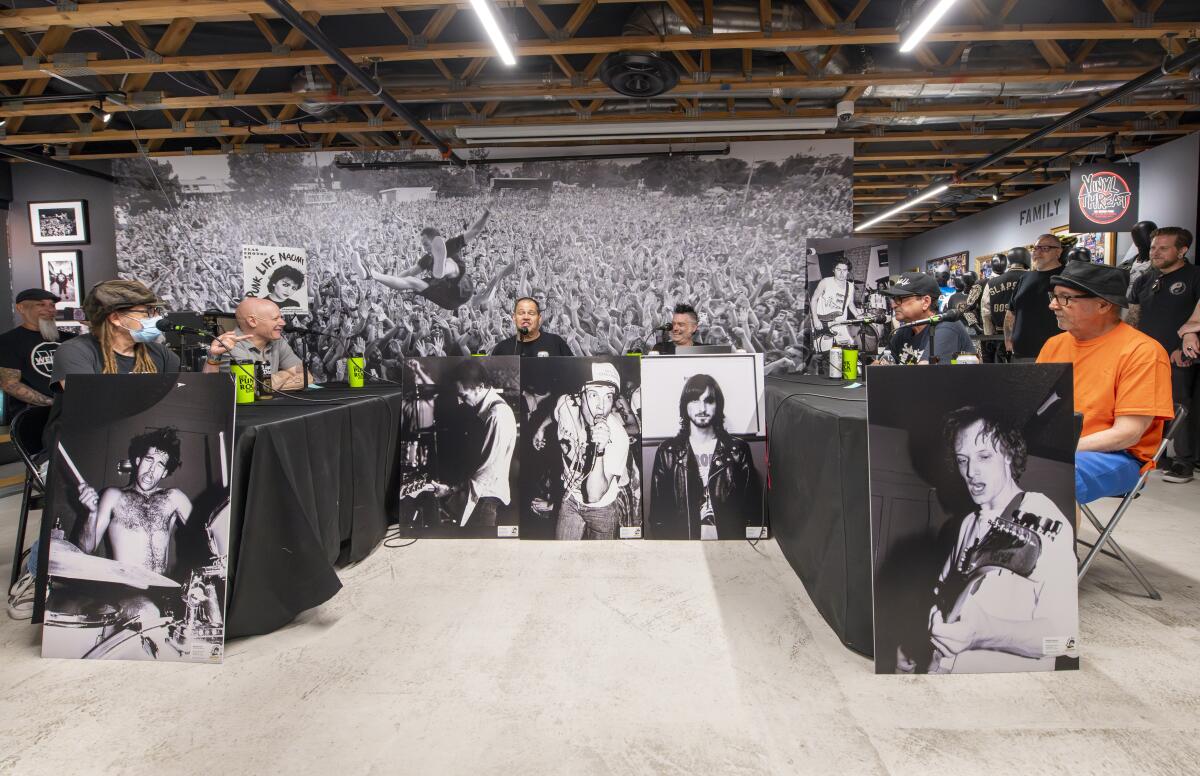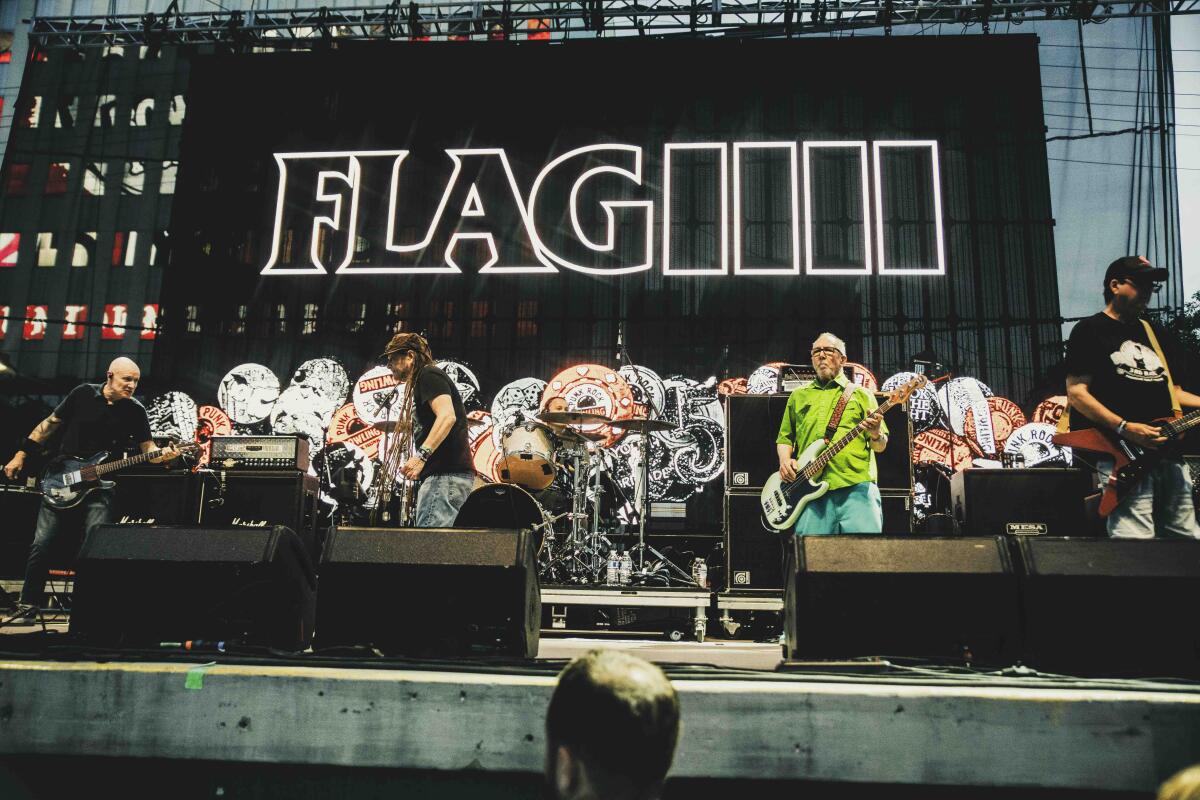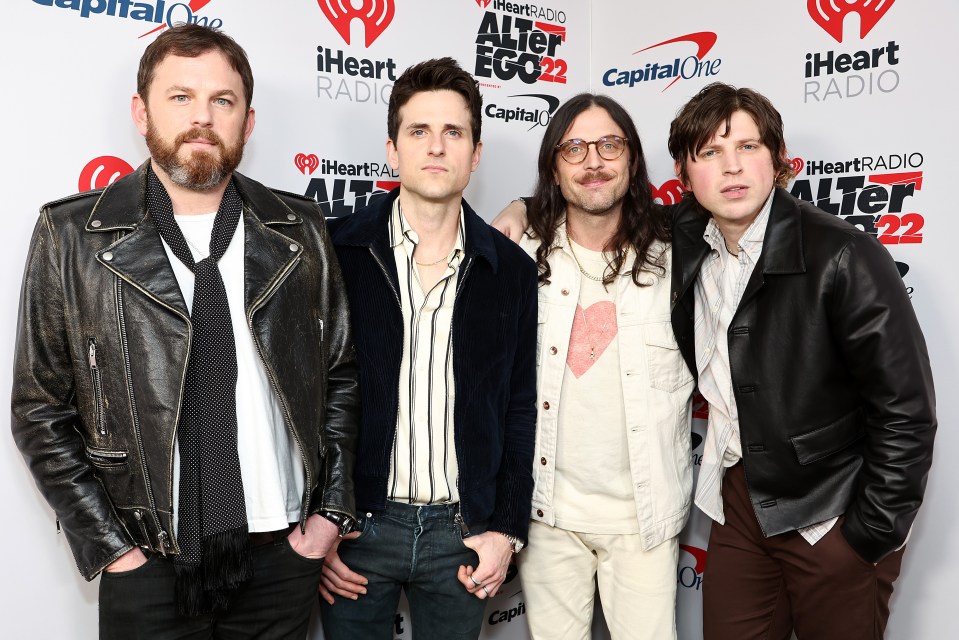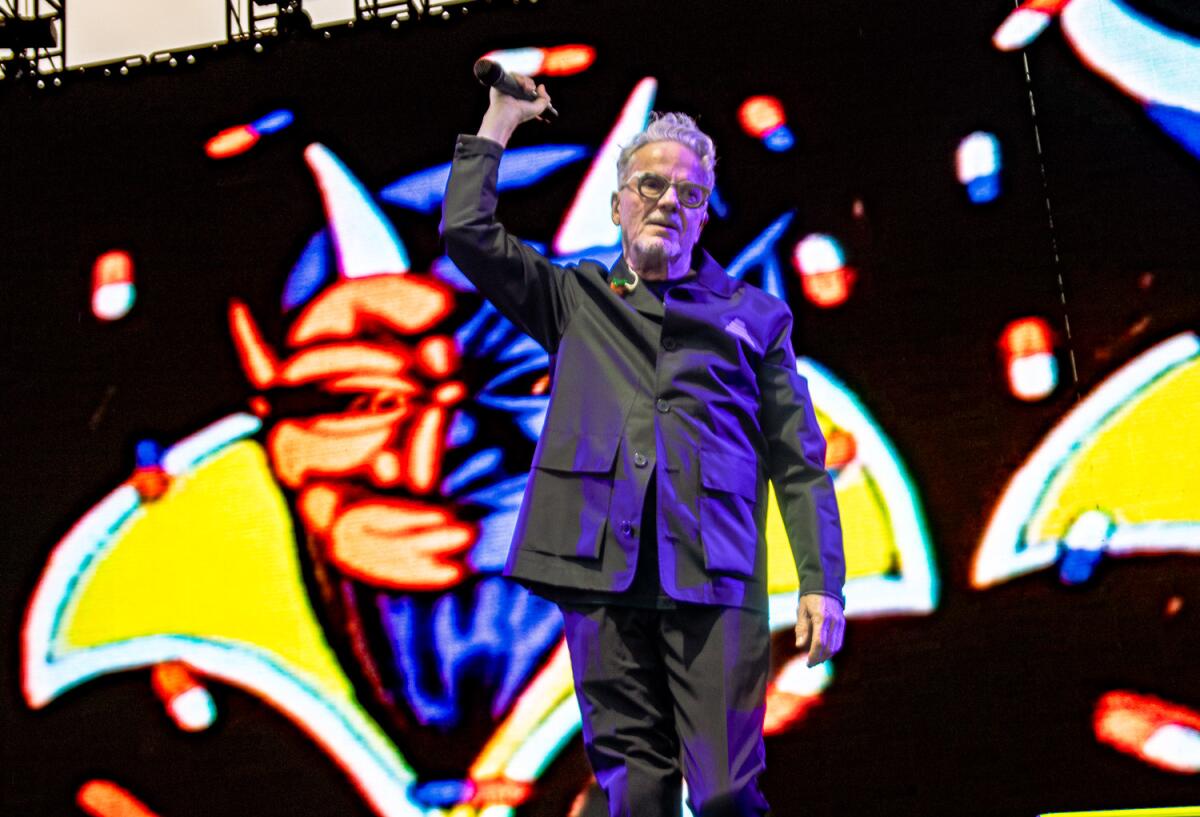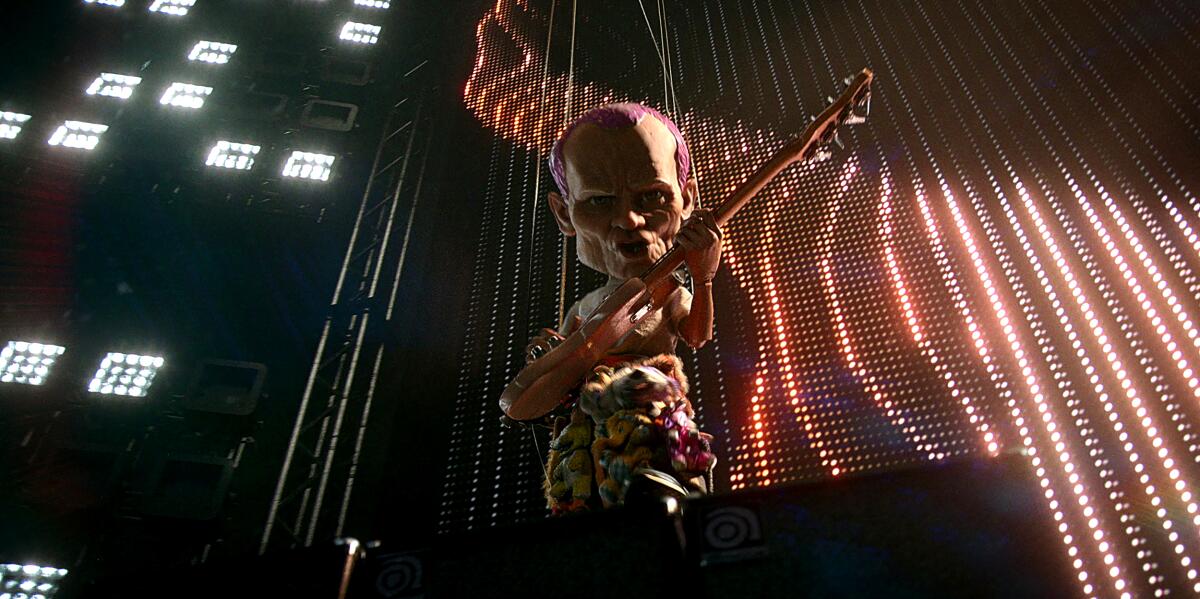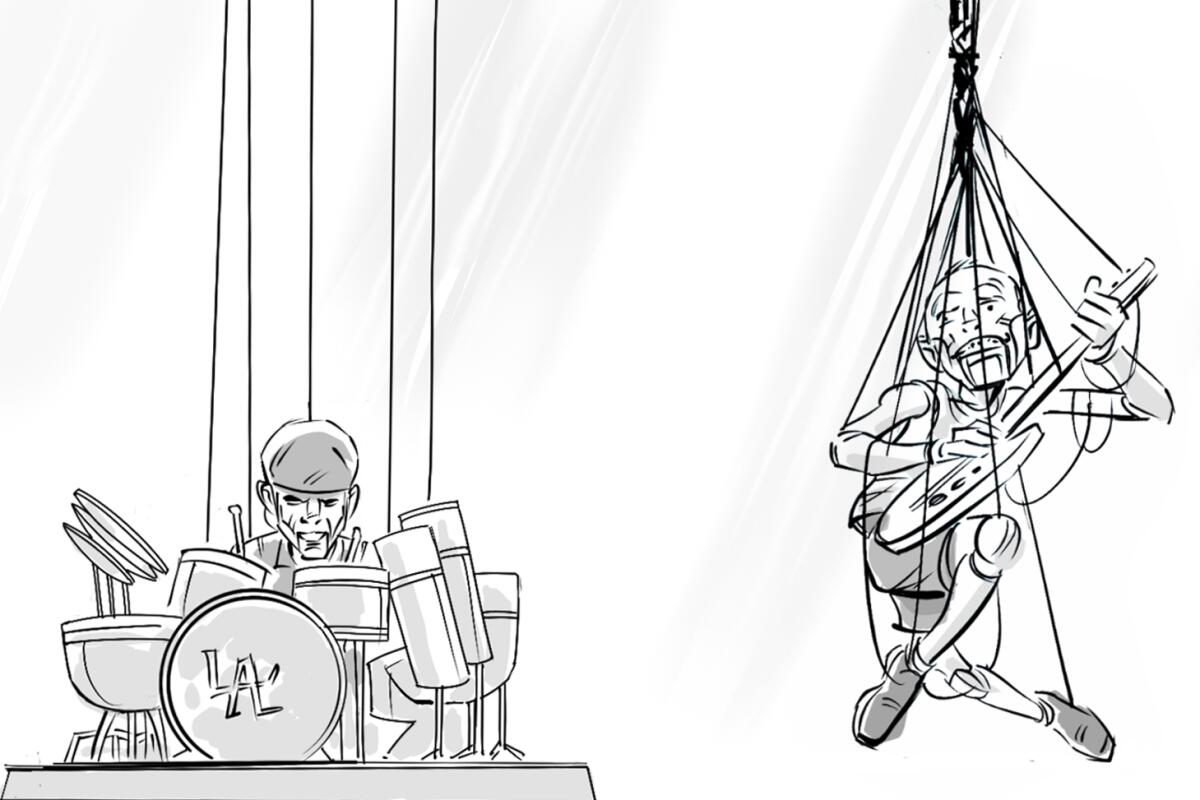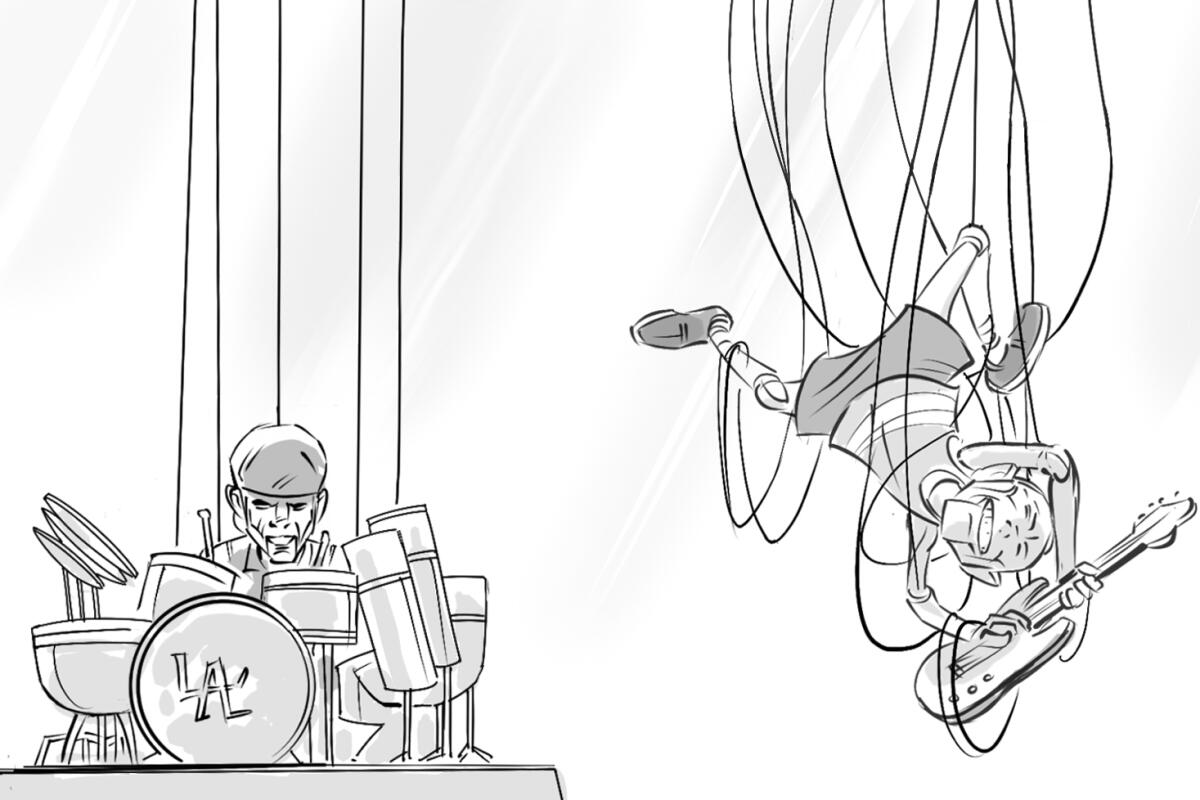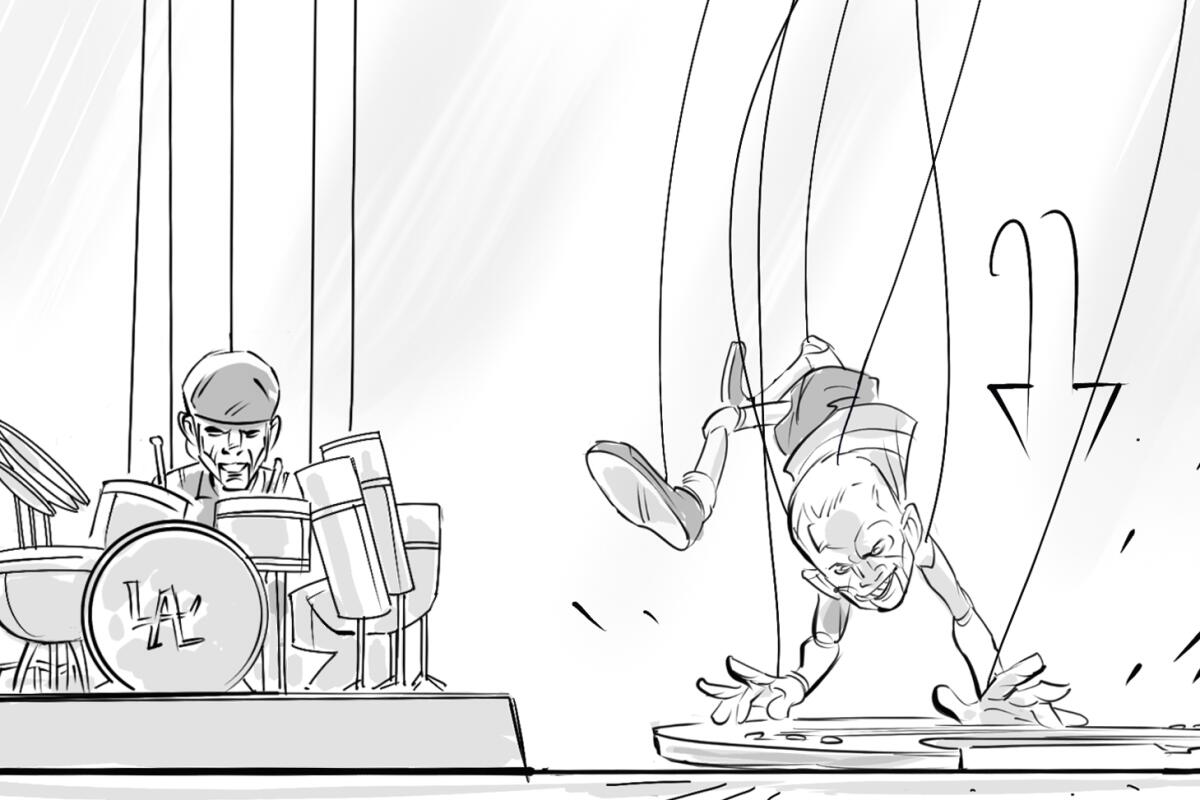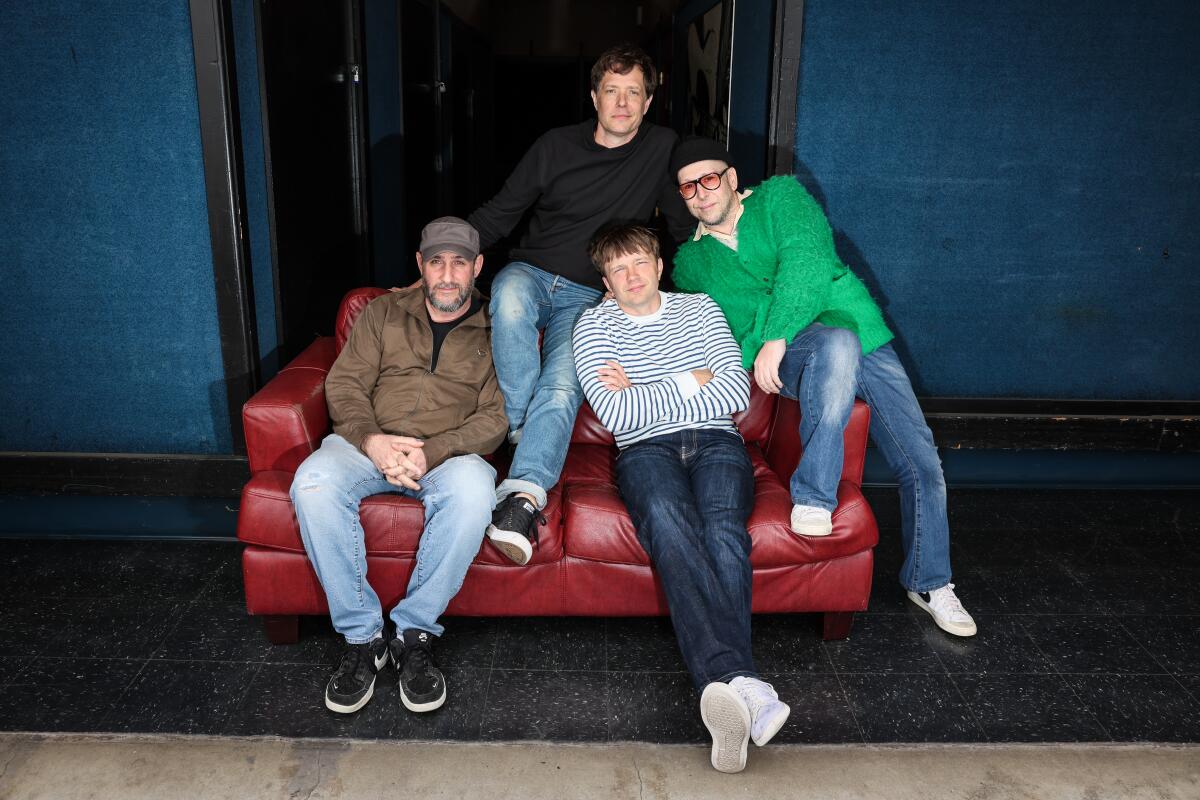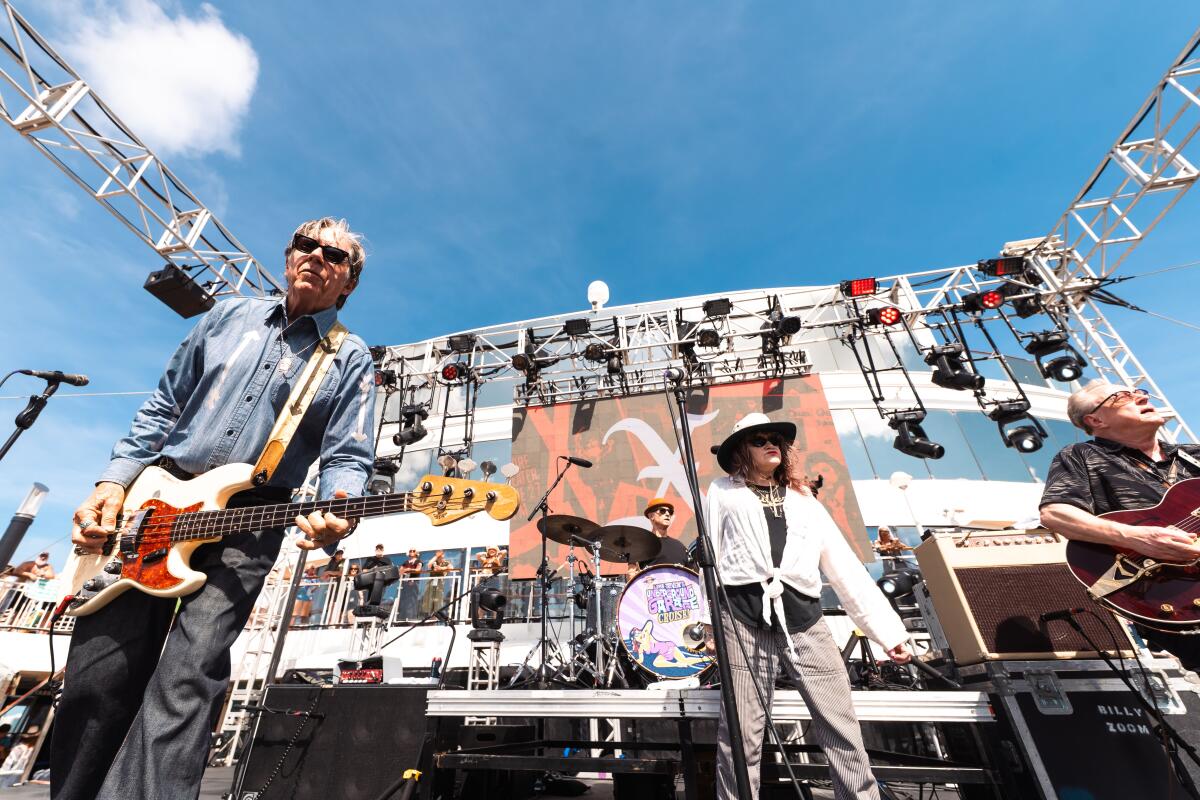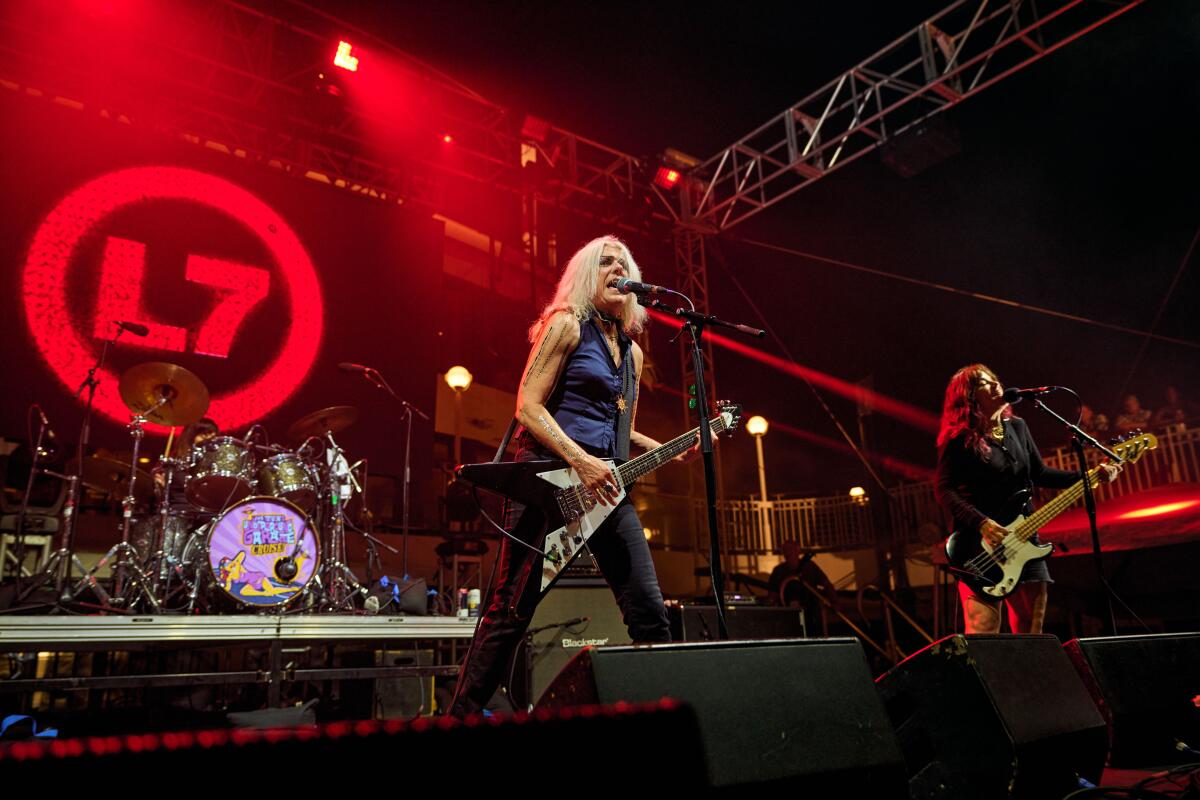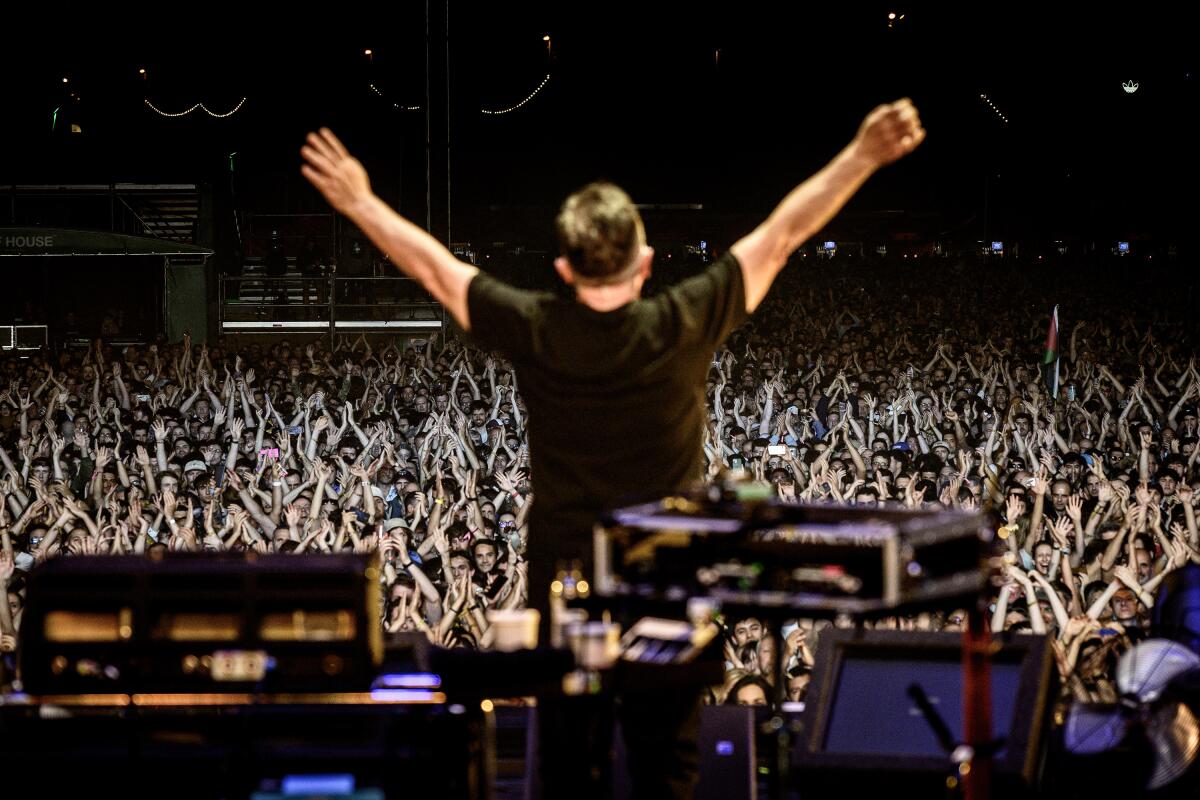Sly Stone, a funk pioneer whose influence and impact as leader of the musical group Sly and the Family Stone was as enduring as his career was brief, has died. He was 82.
An agent of change before he vanished from the public eye, Stone died “after a prolonged battle with COPD and other underlying health issues,” according to a statement from his family, which didn’t specify when or where he died.
From his beginnings in a family gospel group and his time as a lively San Francisco DJ, Stone became one of the major innovators in R&B, rock and pop music. There was a keen curiosity, even a restlessness, in the way he kept changing his group’s sound during its short, spectacular stint at the top.
Stone had a capacity for summing up the zeitgeist of an America in social transition, from collective joy (“Dance to the Music”) to racial harmony (“Everyday People”), and from the search for transcendence (“I Want To Take You Higher”) to the broken idealism in which the 1960s ended (“Don’t Call Me Nigger, Whitey”), a timeline in which he created a template for future generations of funk-rock hybrids.
After a musical peak that lasted six years, Stone released a few inconsequential records, spent decades mired in addictions to cocaine and sedatives, was arrested for possession of crack and lived in a camper van, a husk of his younger, vibrant self.
But several recent documentaries and Stone’s 2023 memoir “Thank You (Falettinme Be Mice Elf Agin)” made a renewed case for the relevance of his bountiful vision, even amidst a tragic life.
“When Sly comes on stage, you see older people looking like, ‘What’s this?,’ and younger people losing their minds,” said Questlove, the director of “Summer of Soul” and “Sly Lives! (Aka The Burden Of Black Genius),” in an interview with the Times in 2021. “It’s an absolute lesson in how transformative they were.”
Stone formed Sly and the Family Stone in 1966, bringing in his brother Freddie (guitar) and sister Rose (piano). Stone played keyboards, guitar, bass and drums and wrote, arranged and produced all of the group’s music. The great funk bassist Bootsy Collins once called Stone “the most talented musician I know.”
Sly conceived of the Family Stone as a rainbow coalition of soul, with male and female, white and Black members. Traditional R&B was entering an expansive, transformative phase, which Stone accelerated with his innovations in funk, rock and psychedelia, not to mention fashion: He came to one interview, a reporter noted, in “knee-high fox fur boots, cut velvet knickers and a red satin shirt with 20-inch fringe on the sleeves.”
Between 1967 and 1973, Sly and the Family Stone had nine singles in the Top 40. “Dance to the Music,” the exuberant title song to their second album, hit No. 8 on the Billboard Hot 100. The hits that followed included three No. 1 songs — “Everyday People,” “Thank You (Falettinme Be Mice Elf Again)” and “Family Affair” — as well as a No. 2, “Hot Fun in the Summertime.”
The mass of musicians he influenced ranges from Miles Davis to Janet Jackson, Herbie Hancock to Ice-T. “Everyday People” alone was covered by Aretha Franklin, Joan Jett, the Staples Singers, the Supremes and Pearl Jam, and it was interpolated by Arrested Development on the 1992 hit “People Everyday.” John Legend won a Grammy in 2007 for his cover of “Family Affair.” Prince, who was lavish in his praise of Stone, hired the Family Stone’s horn section to tour with him in 1997.
The group achieved perhaps their greatest renown in August 1969, when they landed a prestigious second-day gig at the Woodstock music festival, playing after Janis Joplin and before the Who.
Like many groups that weekend, they had equipment problems during the set, but resolved them with a bang-up 20-minute medley of “Everyday People” and “Dance to the Music.” “The delirium peaked during Sly & the Family Stone’s set,” journalist Ellen Sander wrote in the liner notes of the 2019 box set “Woodstock — Back to the Garden: The Definitive 50th Anniversary Archive.”
In his occasional interviews, Stone made it clear that he was what, at the time, was called a race man. “Everybody in our group is neutral about race,” he told the New York Times in 1970. “Everybody in the group knows that Blacks have been screwed over by whites — that most whites are prejudiced.”
The band moved to L.A. not long after Woodstock, and quickly found trouble. The Black Panthers lobbied Stone to replace the two white band members with Black musicians. Some band members were doing cocaine and PCP. “It was havoc. It was very gangsterish, dangerous. The vibes were very dark at that point,” Family Stone saxophonist Jerry Martini told author Joel Selvin. Their concerts routinely started hours late, or never started at all.
When the group returned in 1971 with “There’s a Riot Goin’ On” (the title was a reply to Marvin Gaye’s “What’s Going On”), the exuberance of their music had curdled. The songs had a flinty exterior and a troubled tone. Stone wove drum machines into the dense thickets of sound. The cover showed a red, white and black American flag; “Africa Talks to You” was torpid — funk without any swing. The tone is bleak, dissonant, even static.
Years later, “There’s a Riot Goin’ On” was recognized as a prophetic record, one of only a few that described the end of the 1960s’ idealism. It was the last significant music Stone released.
Sylvester Stewart was born March 15, 1944, in Denton, Texas. When he was 3 months old, his parents, K.C. and Alpha Stewart, moved the family to Vallejo, in the Bay Area. The family sang gospel music and were active in the Church of God in Christ, where K.C. was a deacon. “I thought everybody in the world played music,” Stone later said.
While still a youth, Stone cut his first record, a gospel 78 RPM disc with brother Freddie and sisters Rose and Vaetta, as the Stewart Four. A fifth-grade classmate misspelled Sylvester’s name on the school chalkboard, and the mistake turned into a prophetic nickname: Sly.
Before he reached puberty, Stone had mastered several musical instruments. In his teens, he recorded sporadically with various doo-wop and R&B groups. He studied music theory at Vallejo Junior College, then attended the Chris Borden School of Modern Broadcasting. In 1964, he got a job at the R&B station KSOL, where he brought the Beatles and Rolling Stones into the station’s playlist and showed off his slick patter. The station christened him Sly Sloan, but he hated the name, so he introduced himself to listeners as Sly Stone — a taste of stubbornness to come.
By 1966, after playing music in fits and starts, Stone had formed a new band by plucking the best musicians from his band, Sly and the Stoners, and his brother Freddie’s band, which included drummer Gregg Errico and saxophonist Jerry Martini. The brothers Stone enlisted bass guitar wonder Larry Graham, who’d been playing in a local jazz duo with his mother.
Their first album, “A Whole New Thing,” didn’t chart. Clive Davis, the president of CBS Records, who oversaw Epic, advised Stone to try for a more commercial sound. His first attempt was a bull’s-eye: “Dance to the Music,” a shared-vocal funk workout on which Graham begins to introduce his influential “thumping and plucking” style of bass, and trumpeter Cynthia Robinson warns, “All the squares, go home!”
The group’s third album, “Life,” was another dud, though it included top tracks “Life” and “M’Lady.” Soon after it disappeared, Stone recorded “Everyday People,” a jolly song about tolerance that featured an unusual one-note bassline by Graham, and popularized the phrase “different strokes for different folks.” In addition to “Everyday People,” 1969’s “Stand!” included the title track, “Sing a Simple Song,” “I Want to Take You Higher,” “You Can Make It If You Try.” and the playful but pointed six-minute track “Don’t Call Me Nigger, Whitey,” which used a vocoder, delay and distortion to create a menacing artificiality that caught on quickly with Parliament-Funkadelic and was revived by T-Pain.
Stone described the band’s fifth album, 1971’s ominous “There’s a Riot Goin’ On,” as “a very truthful album, made and then released at a very truthful moment in time. That’s what it was all about, because I know the truth always prevails. And that’s exactly what my music is all about.”
But there were other truths, particularly about drug addiction that Stone tried to keep hidden. Band members quit: first Errico, then Graham (who founded the funk act Graham Central Station), and later, Freddie Stone and Martini.
“Fresh,” in 1973, included the band’s final top-20 chart song, “If You Want Me to Stay.” Producer Brian Eno cited “Fresh” as the pivotal and irreversible production moment when “the rhythm instruments, particularly the bass drum and bass, suddenly become the important instruments in the mix.” `”Small Talk,” the following year, had a minor hit, “Time for Livin’,” and a cover photo of Sly, wife Kathy Silva (a Hawaiian actress whom he married onstage at Madison Square Garden) and their young son, Sylvester Jr.
The smiling family photo was deceptive, however. “He beat me, held me captive and wanted me to be in ménages à trois,” Silva later told People magazine. “I didn’t want that world of drugs and weirdness.” She left him in 1976 when his pit bull mauled Sylvester Jr., who was 2 at the time. Stone also had a daughter, Sylvette Phunne Robinson, with Family Stone trumpeter Robinson, and a second daughter, Novena Carmel, now a host for KCRW’s “Morning Becomes Eclectic” program.
Sly and the Family Stone’s next two albums, “High on You” and “Heard You Missed Me, Well I’m Back,” sold poorly. “Back on the Right Track,” in 1979, defied its hopeful title. There was another album in 1983. The adjective “reclusive” became permanently attached to his name.
Rumors persistently popped up, fostered by his absence: He’d recorded new songs, he’d worked with Prince, he had 100 new songs — no, 200 — he was on the verge of a comeback, always on the verge of it. He was convicted on charges of possessing cocaine in 1987. Two years later, he was arrested by FBI agents on a federal charge of unlawful flight to avoid prosecution on the charges. He was arrested again for cocaine possession in 2011, after which he claimed he’d been to rehab seven times.
When Sly and the Family Stone were inducted into the Rock and Roll Hall of Fame in 1993, Stone stepped to the microphone, said, “See you soon,” and split. It was years before the public saw him again.
The Grammys paid tribute to Stone in 2006. After a medley of his hits, sung by John Legend, will.i.am of Black Eyed Peas and Steven Tyler of Aerosmith, among others, Stone came onstage in a white mohawk, sunglasses and a metallic duster, with a cast on his right hand. He hunched over a keyboard, sang a bit of “I Want to Take You Higher” in a distracted manner, seemed to miss a few cues and walked off before the song was over.
He was booked to play Coachella in 2010, shortly after he was reported to be homeless, but he played “an abysmal, confused set,” the Guardian said. Stone came on stage 3½ hours late, and when he talked, he either mumbled or stopped in the middle of sentences. He said he’d been kidnapped and cheated by managers. He started songs, held on for a few bars, then drifted away. “To say that he seemed high was an understatement,” a New Yorker writer observed. The L.A. Weekly called it a “sad spectacle.”
Rarely had a great music artist suffered such a severe, rapid and irreversible downfall. People struggled to explain it.
“He’s had problems because he hasn’t been able to grow up,” Sylvester Stewart Jr., his son, said in 1996, after Stone finished a 45-day stay in rehab. “He’s meant no harm to anyone.”
“Sly never grew out of drugs,” his ex-wife, Silva, said. “He lost his backbone and destroyed his future.”
Still, the story of his musical exuberance and deep personal pain continued to inspire – and haunt – the inheritors of his vision. With his pair of documentaries, director and musicians Questlove used Stone’s life story to probe weighty questions about Black genius and how it’s embraced, exploited and neglected by the culture. The power of Stone’s music is bound up in his private pain.
“Soul music is releasing a demon that turns into a beautiful, cathartic exercise,” Questlove told the Times in 2025. “We never just see it as ‘I’m watching someone go through therapy.’
“Only time will tell,” he said, “if I had to make the Sly story to save my own life.”
His 2023 memoir, largely a study of his early life and craft, alluded to the toll that his drug use took on his output. “I should have stopped sooner,” he wrote. “Much sooner: less dust and powder, fewer rocks and pipes, enough days given back that might have added up to years.”
In the last years of his life, Stone worked on sobriety and lived quietly in the San Fernando Valley. His family, including brother Freddie, were left to speak up for Sly.
“When people ask me questions about what was going on behind the scenes and how did you make such great music, I tell them it was Sly writing what was coming out of his heart and soul,” he told the website Wax Poetics. “He is a true genius.”
